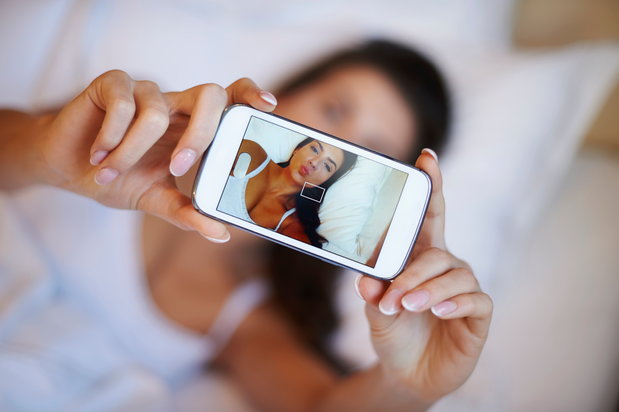According to a series of surveys conducted by Pew Research Center, 64 percent of American adults own a smartphone as of October 2014. Chances are, all of these individuals probably also know a thing or two about what is now considered a global phenomenon: the selfie.
There’s a good and bad to this digital self-portrait trend, of course. It’s a fun way to let people know what you’re doing, where you are or who you’re hanging out with. However, it’s also a behavior, according to experts, that can promote narcissism and addictive behavior in some individuals.
The population hit the hardest with the selfie craze seem to be none other than millennials. For its May 2013 issue, TIME famously labeled this group of people born between 1981 and 1997 as “The Me Me Me Generation” on its cover, along with a picture of a young female snapping a selfie.
Many selfie addicts edit and perfect their photos with a combination of filters, lighting backgrounds or Photoshop, but some have taken it to such extremes that they’re rushing to plastic surgeons in order to make real-life edits to their perceived flaws. Some plastic surgeons admitted to a 25 percent increase in people wanting plastic surgery for their “imperfections” in the past few years—a rise that some researchers say has something to do with the selfie craze.
In extreme cases, the obsession with selfies can even lead to death. Take the case of 19-year-old Danny Bowman. At one point, he spent 10 hours a day taking up to 200 selfies in order to capture a perfect photo. His selfie addiction eventually led him to drop out of school, stay isolated in his home for six months and even attempt suicide.
He told Mirror News, “I was constantly in search of taking the perfect selfie and when I realized I couldn’t, I wanted to die. I lost my friends, my education, my health and almost my life.” Bowman was able to get therapy for his technology addiction and was later diagnosed with Body Dysmorphic Disorder and Obsessive Compulsive Disorder as well.
If you or someone you know is seeking for professional help, please visit our directory of counseling and therapy centers or call 866-606-0182 to start the path to recovery today.








